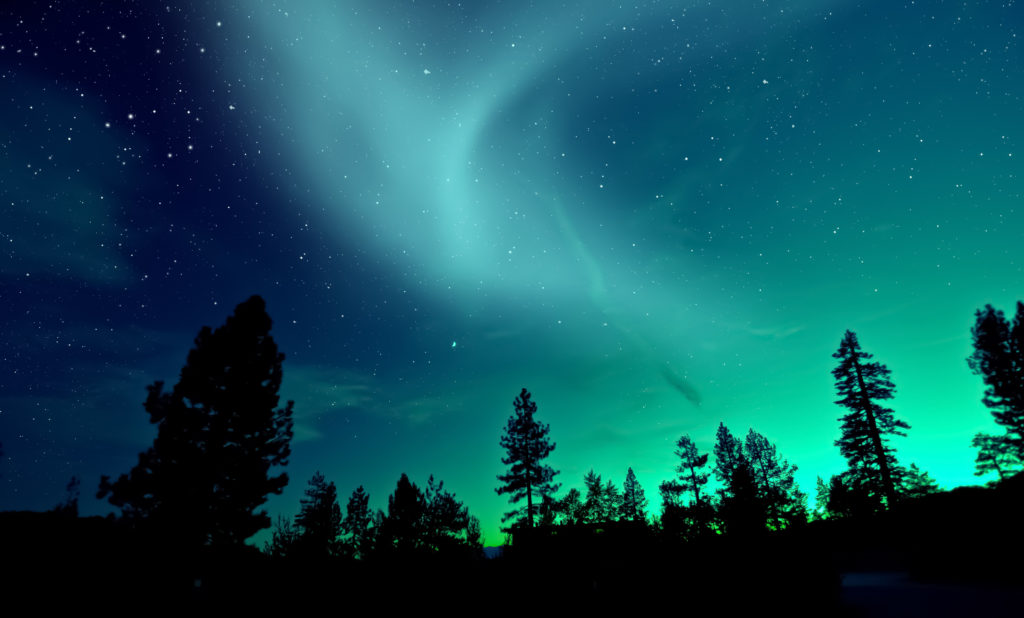Photographing Lapland’s Frozen Waterfalls: Top Locations
Lapland, with its ethereal winter landscapes, offers photographers a unique opportunity to capture the stunning beauty of frozen waterfalls. These natural wonders, encased in ice, create a magical scene that is both challenging and rewarding to photograph. In this guide, we will explore the best locations for Lapland waterfalls photography, providing you with essential tips and insights to make the most of your winter photography adventure in Finland.
Best time to photograph frozen waterfalls
The ideal time for photographing Lapland’s frozen waterfalls is during the winter months, from December to March. During this period, the temperatures are consistently low enough to ensure that the waterfalls remain frozen, creating breathtaking ice formations. The short days and long nights of the Arctic winter also provide unique lighting conditions, with the soft, diffused light of the low sun creating a magical atmosphere.
For those interested in capturing the Northern Lights alongside the frozen waterfalls, the best time to visit is between late August and April. However, the peak season for both frozen waterfalls and the aurora borealis is from December to February, when the nights are longest and the chances of clear skies are higher.
Necessary equipment for winter photography in Lapland
Winter photography in Lapland requires specific equipment to handle the extreme conditions. Here’s a list of essentials:
- Camera and Lenses: A DSLR or mirrorless camera with a wide-angle lens is ideal for capturing the vast landscapes. A telephoto lens can also be useful for detailed shots of ice formations.
- Tripod: A sturdy tripod is essential for long exposure shots, especially when photographing in low light conditions.
- Extra Batteries: Cold temperatures can drain batteries quickly, so it’s wise to carry spares and keep them warm in your pockets.
- Filters: Polarizing filters can help reduce glare from the snow and ice, while ND filters are useful for long exposures.
- Protective Gear: Waterproof and insulated clothing, gloves, and boots are crucial to keep you warm and dry.
Tips for capturing the beauty of frozen waterfalls
Photographing frozen waterfalls in Lapland requires a blend of technical skill and creative vision. Here are some tips to help you capture their beauty:
- Use Long Exposures: To capture the smooth, flowing texture of the ice, use long exposure settings. This technique can also enhance the ethereal quality of the scene.
- Experiment with Angles: Try shooting from different angles and heights to find the most compelling composition. Get low to the ground for a unique perspective or find a vantage point that offers a panoramic view.
- Incorporate Surroundings: Include elements of the surrounding landscape, such as snow-covered trees or rocks, to add context and depth to your images.
- Play with Light: Utilize the soft, natural light of the Arctic winter to highlight the textures and details of the ice. Shooting during the golden hour can add a warm glow to your photos.
Safety precautions while exploring frozen landscapes
Exploring and photographing frozen waterfalls in Lapland requires careful attention to safety. Here are some precautions to consider:
- Check Weather Conditions: Always check the weather forecast before heading out, as conditions can change rapidly in Lapland.
- Stay on Marked Trails: Stick to designated paths to avoid getting lost or encountering unstable ice.
- Travel with a Companion: It’s safer to explore these remote areas with a partner or in a group.
- Carry Safety Gear: Bring a map, compass, and GPS device, and ensure your phone is fully charged.
- Inform Someone of Your Plans: Let someone know your itinerary and expected return time.
Finding unique compositions in frozen scenery
To create standout images of Lapland’s frozen waterfalls, look for unique compositions that highlight the natural beauty of the landscape. Here are some ideas:
- Focus on Details: Capture close-up shots of intricate ice formations, patterns, and textures to showcase the delicate beauty of the frozen waterfalls.
- Use Leading Lines: Incorporate natural lines, such as the flow of the ice or the curve of the river, to guide the viewer’s eye through the image.
- Include Human Elements: Adding a person to your composition can provide a sense of scale and add an element of storytelling to your photos.
- Capture Reflections: Look for reflections in the ice or water to add depth and interest to your images.
Photographing Lapland’s frozen waterfalls is a rewarding experience that offers endless opportunities for creativity and exploration. By visiting the top locations, using the right equipment, and following these tips, you can capture the enchanting beauty of Lapland’s winter landscapes and create stunning images that will be cherished for years to come.
Experience the Arctic in Luxury
Book the vacation of your dreams with us today!
